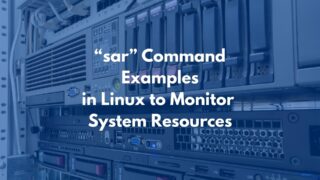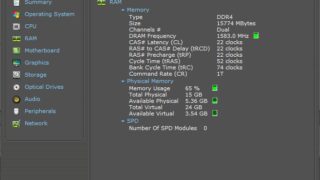12 “locate” command examples in Linux – Find files and directories quickly
One of the most common Linux operations is locating a particular file by its name. In Linux, the ‘locate’ command serves the purpose as it is used to search a file or a directory by name. It is similar to the ‘find’ command, which locates the file in the filesystem. But here, it searches the… Read More »





